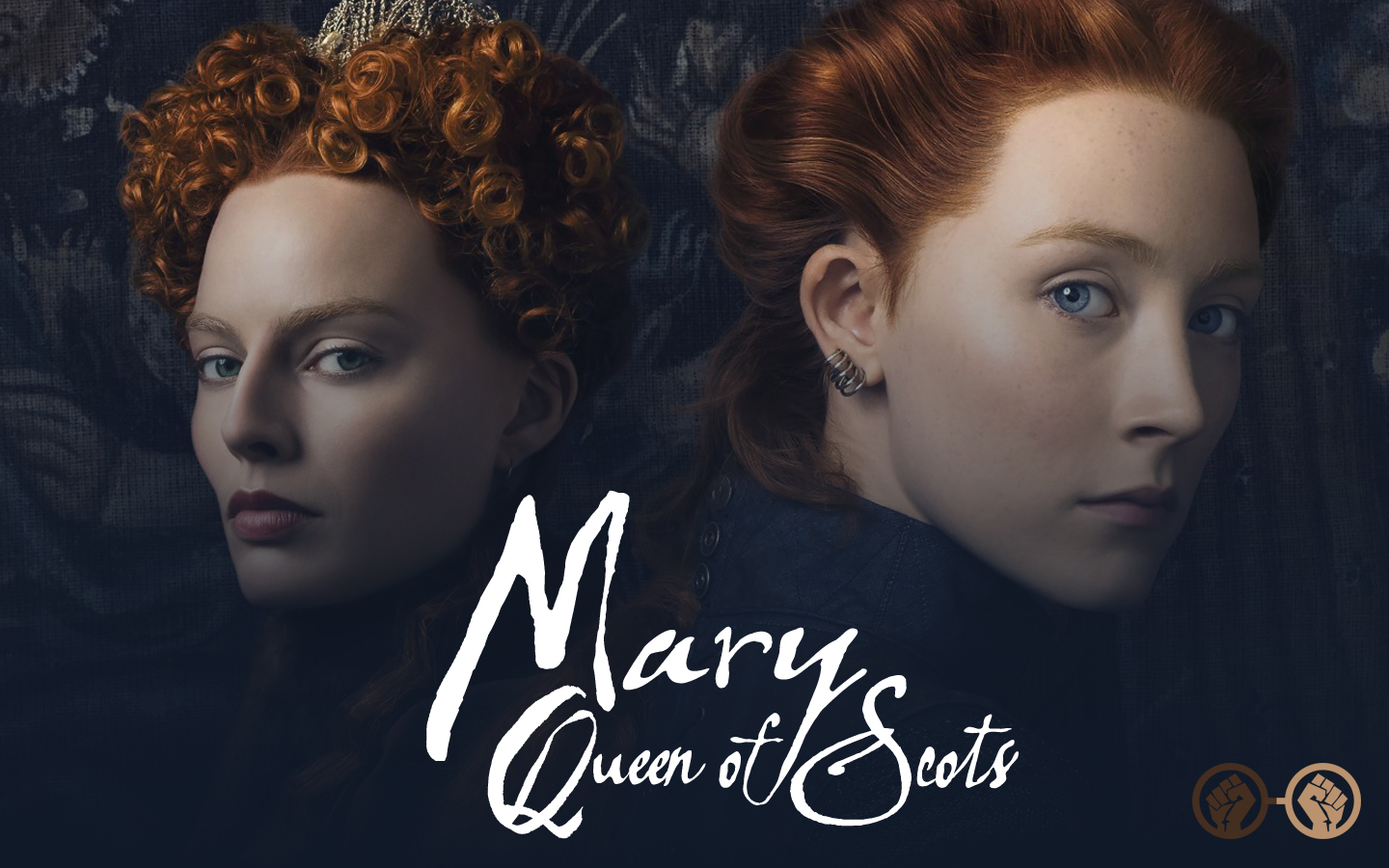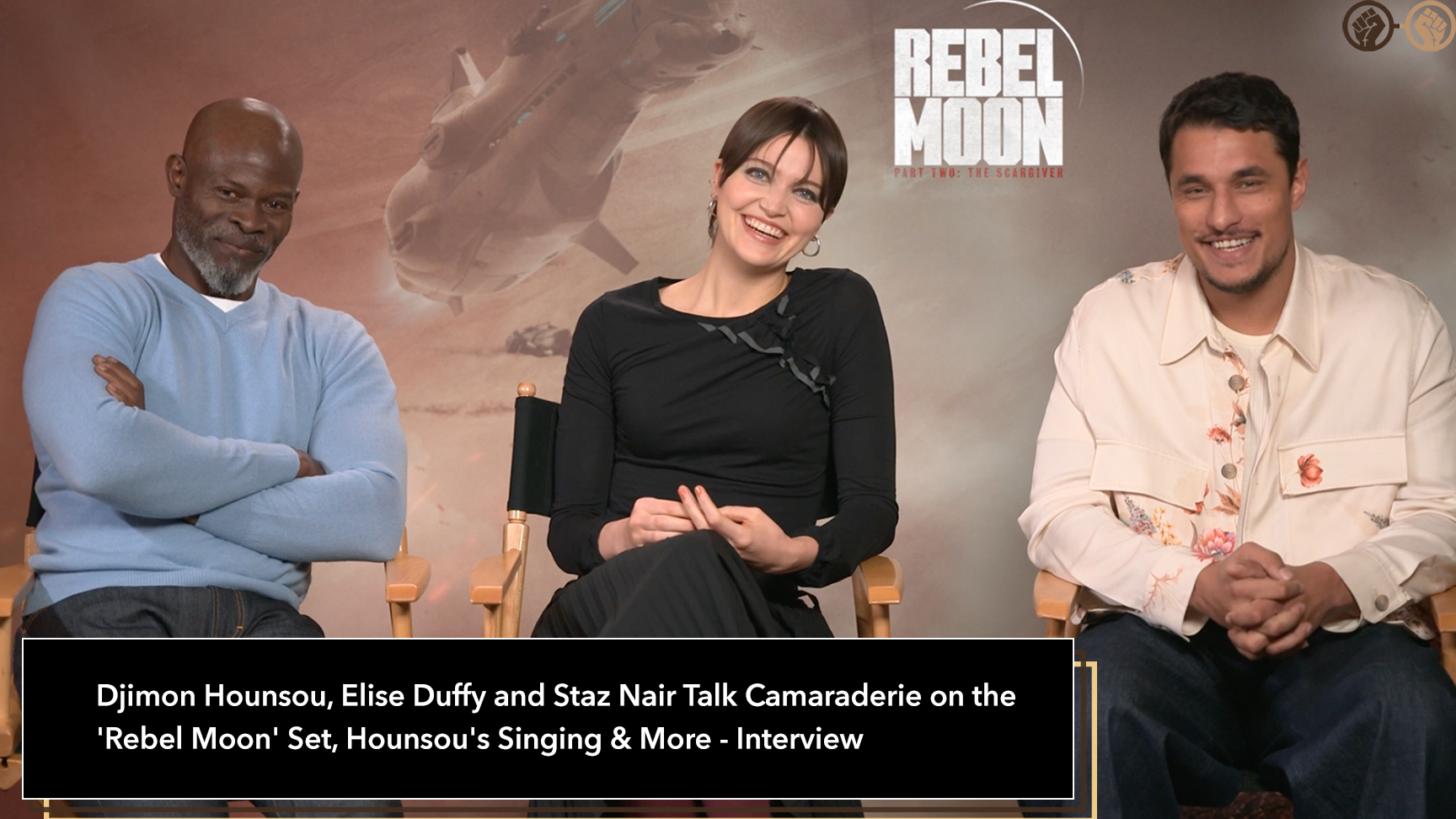Mary Stuart is an infamous figure in U.K. history. One of the rightful heirs to the English throne, and for a brief moment, the Queen of Scotland. Her story has seduced many screenwriters and directors over the years. After many tumultuous years fighting for her crown, she (like many important political and royal figures) was beheaded. It’s a tragic tale of a woman who had been bestowed great power and responsibility, and her greatest downfall was being a woman. Her other half, Queen Elizabeth I, has also had her story told many times, and it too is a tragic tale for differing reasons. What Josie Rourke offers in the latest iteration of their famous conflict that ended with Mary’s head on the chopping block, focuses on the greatest battle of all: being a powerful woman in a man’s world.
Mary Queen of Scots tells the story from our titular character’s point of view. It presents us with the vibrant and charismatic Mary Stuart (played by the equally vibrant and charismatic Saoirse Ronan), who in many regards is the antithesis of the cold and demeaning Elizabeth. By birth, these women have the great misfortune of being heirs to a throne that many have suffered a great deal for, and now they must fight one another for it.

As Margot Robbie’s Elizabeth expresses in words and actions, to have the throne means you must fight to keep it…no matter the cost. One’s basic needs in life (like love and happiness) must be sacrificed because one cannot risk losing the throne. That is the tragedy of Elizabeth’s story, and in her brief appearance in the film, Rourke and Robbie do an excellent job illustrating why Elizabeth was the way she was. Robbie has the difficult task of subduing her natural charm and beauty for the role, and is able to fully embody a woman who is bound to a legacy. Elizabeth removes herself from her passion and heart, and Robbie expertly manages to still have us see the humanity buried within her. Often in biopics about a political conflict such as this, one person is characterized as the clear villain, but Rourke’s Elizabeth is as much a victim of her circumstances as Mary.
Ronan’s Mary seeks to rebuke this way of life. Although she does not intimately know Elizabeth, she is in every way living life the way Elizabeth would not or could not. She rejects counsel that suggest she play by the rules, she loves boldly, and she allows her passions to drive her ambitions. Ronan is truly in her element as she flawlessly portrays these aspects of Mary. Mary is brilliant, charismatic, and beautiful, and she wields those gifts as a weapon. However, as Elizabeth accurately states, her gifts are her “downfall.” Rourke illustrates that although Mary’s intentions are noble (and she is most certainly right), her success hinged upon playing by the rules the men have set. Rules that Elizabeth challenges, but never attempts to break.

This is what differentiates Rourke’s take on Mary’s story from the rest. Rourke spends an even amount of time illustrating the behind-the-scenes drama that fed into Elizabeth and Mary’s conflict. As powerful as these women were, there were structures in place that worked against them simply because they were women. Great women trapped under the patriarchy is Rourke’s focus and it illuminates a very relevant struggle that many women can still relate to. Just as it is today, men do not hesitate to use archaic laws and religious views to further their sexist agendas. The writing and directing are not subtle with this approach, and there are many moments in the film where the male cast members spew hateful rhetoric concerning their female monarchs. If you have any love for David Tennant, his portrayal of John Knox will certainly have you feeling differently.
This take also puts into perspective what actually took place during Mary’s reign as Queen of Scotland up until her execution. If you are unaware of the history, the execution of Mary Stuart was done without Elizabeth’s explicit consent. True to her nature, Elizabeth was hesitant as it would set a precedent that might directly affect her if she found herself at the mercy of another monarch. It was the men of her court who set Mary’s execution in motion. From the moment Mary Stuart set foot in Leith, Scotland, Mary’s fate was in the hands of men lesser than herself. She may have had power and influence, but it was only a matter of time until the wrong men exploited her weaknesses for their own personal and political gains. The tragedy of Mary’s situation is equal part’s frustrating and devastating. The writing and Rourke’s brilliant directing heighten those feelings at every moment.

Historical biopics aren’t just meant to retell historical events in a condensed manner. It is often a way to teach us a lesson from the past, or help us to understand our present better. At times, the facts are skewed, but the intention is typically to inspect what happened and ask: why did it happen, what do we learn from this? Mary Queen of Scots not only does that, but it seeks to understand the privileges, responsibilities, and struggles of being a woman with great power. The film has much to say and it is told in a beautifully written and directed manner. As first features go, Rourke proves to be very capable. To revisit the story of Mary Queen of Scots may seem unnecessary, but every aspect of this new telling of the story is necessary viewing.
Mary Queen of Scots expands to theaters everywhere on December 21.






Leave a Reply to mommyincolorCancel reply